Project members
Project members
The DOMINO-CLIMATE project will rely on a high-quality team composed of the PI with following structures. Archaeology: 7 Senior Researchers (Catalin Lazar, Pál-Raczky, Attila Gyucha, William Parkinson, Eszter Bánffy, András Füzes); Geography: 1 Senior Researcher (Alfred Vespreamu-Sorte) combining skills in geomatics, topography, mapping, GIS, databases and machine learning; Archeobotany, eDNA: 3 Senior Researchers (Magdalena Moskal-Hoyo, Aritina Haliuc, Miklós Bálint), 1 PhD (Máté Merkl), 1 part-time postdoc (Mihaela Golea), 1 part-time PhD student combining skills in archaeobotany, zoo-archaeology and eDNA; Paleoclimatology and Paleovegetation: PI (Eniko Magyari), 5 Senior researchers (Krisztina Buczkó, János Korponai, Heiki Seppä, Cindy de Jonge, Thorsten Vennemann), 2 PhD students (Eszter Tombor, Ofosu-Brakoh Abigail Amponsaah) and 3 postdocs (Zoltán Szabó, Diana Hanganu, Ilona Pál) combining skills in paleoecology and palaeo-climatology. Also, we shall gain benefits from a network of international collaborators, which will enhance the feasibility of the project. Hence, the strength of the DOMINO-CLIMATE project is to rely on a holistic and integrative scientific approach, coupling state of the art methodologies and innovative research angles.
PARTICIPANTS
Enikő Magyari
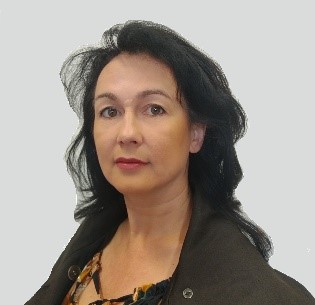
My main research focuses on the environmental history of the Carpathian-Balkan Region during the last 30,000 years. Using pollen, plant macrofossil, and multi-proxy paleoecological methods I study how rapid climate change events and human impact have shaped the forest and steppe environment, what was the amplitude of climate change during the last glacial termination and what are the region’s climate change characteristics. Our studies also address questions connected to the protection of Hungary’s semi-natural landscapes, we seek baseline conditions in the lowland forest steppe environment prior to major human transformation of the land, study natural forest composition in the mid mountains and focus on Holocene land cover reconstruction, tree and timberline changes in the Carpathians, study the refugial role of the Carpathian Basin for temperate and boreal tree taxa during the Last Glacial Maximum. We also apply novel ancient DNA techniques to reconstruct past vegetation from soils and lake sediments.
Attila Gyucha
My multi-scalar and multi-disciplinary research explores long-term social, cultural, and ecological dynamics during prehistory, with a specific focus on the transformative role of population aggregation and disintegration in early farming societies of Southeast Europe. My studies primarily concentrate on the Neolithic and Copper Age communities of the Great Hungarian Plain. This research is complemented by my interest in comparative, cross-cultural and cross-temporal studies of population centers and both bodies of research aim to contribute to developing models that advance the scientific understanding of sustainability and resilience in nucleated settlement contexts in the ancient and recent past. I am also engaged with collaborative heritage science programs, including conservation studies of archaeological sites and various exhibition projects, to facilitate cultural heritage protection and foster public outreach and education.
Diana Hanganu
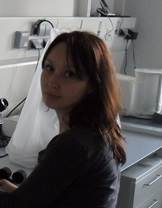
My research interests are in palaeovegetation and palaeoenvironmental reconstruction through the study of biological microremains, such as pollen, non-pollen palynomorphs, and microcharcoal. My work focused on Holocene vegetation dynamics and understanding the relationship between humans and vegetation changes, mainly from floodplains and alluvial sites.
Mihaela Golea
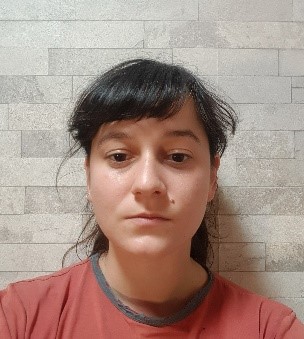
My research is focusing on identifying and analysing plant remains from archaeological sites, mainly of Chalcolithic period (5th millennium BC) from the southeastern part of Romania. This data is used to understand the interactions between human communities with their environment, by focusing on plant husbandry practices (agricultural methods, construction material, food stuff). Another research interest is the vegetation reconstruction using wood analysis. The aim of this research, coupled with ethnographical, botanical and climate change studies is to comprehend the ecological habitats and their evolution in regard to human impact, the medicinal potential of plants, and how social interactions can be perceived by plant remains.
Catalin Lazar
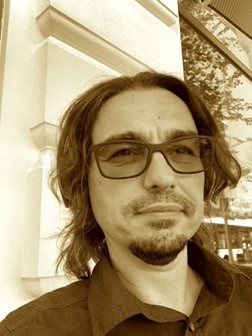
As an archaeologist, my primary research focuses on the human-environmental interaction in the Balkan Late Pleistocene/Early-Mid Holocene (40,000-3,000 cal BCE) in order to track the socio-economical and behavioural development, collapse and shifts of the human groups, both horizontally (geographically) and vertically (chronologically). Our approach includes correlation and integration of multiple data (archaeological, radiocarbon, isotopic, genetic, ecological, environmental, geological proxies) to outline the critical events, in the sense of cause-effect (following the earlier and later evolutionary consequences) that shaped the history of past human communities. One of the themes addressed in the last five years concerned the investigation of the complex interface between the environmental, biological, anthropogenic, climatic, and cultural factors that shaped the decline of Neolithic Civilizations (4,300-3,300 cal BCE) in South-Eastern Europe in terms of vulnerabilities, risks, hazards, resilience, sustainability, subsistence, adaptation, disruption, rapid climate changes, and their relationship to hypothetical trigger events. My studies address questions connected to various archaeological aspects of Neolithic and Eneolithic (Chalcolithic/Copper Age) communities, experimental archaeology, archaeometry, chronology, paleogenetics, human-environmental interaction, funerary, technological and socio-economic behaviours, paleodemography, tell settlements in South-Eastern Europe.
Pál Raczky

I am Professor Emeritus of the ELTE-BTK Institute of Archaeology. My main field of research is the Neolithic and Copper Age of Southeastern Europe, and my current educational work is also connected to this. I deal in detail with the history and chronology of the settlements in the Carpathian Basin of the two eras, as well as with the external relations of the prehistoric cultures of the Tisza region. My latest fieldwork project, in cooperation with the German institution Römisch-Germanische Kommission (Frankfurt am Main), is a research program related to the Neolithic tell settlements of the Tisza region. Within this framework we are researching the general socio-ecological conditions of the Carpathian Basin in the 5th millennium BC.
My most important excavations and fieldworks: Öcsöd-Kováshalom: Neolithic tell-settlement and related enclosure system 1980-1986, 2018-2021, Berettyóújfalu-Herpály: Neolithic tell settlement 1977-1982, Polgár-Csőszhalom: Neolithic tell settlement and related single-layer settlement section 1989-2014, the management of M3-motorway preventive excavations related to the county section of Hajdú-Bihar between 1993 and 2005, fieldworks on the late Neolithic settlement complex at Szegvár-Tűzköves 2021-2023.
Ilona Pál
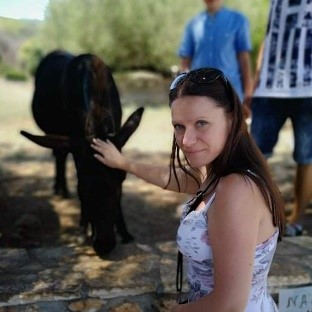
My main research focuses on the environmental history of the Carpathian Region during the Holocene (the last 11,700 years). In scope of my pollen analytical studies, I study how rapid climate change events (RCCs) and human impact have changed the environment. I also study microcharcoal particles, coccal green alga and non-pollen palynomorphs (NPPs) on the pollen slides to reconstruct the ecological changes in the lakes and the surroundings and discover significant human impacts.
Marina Vidhya

I’m a postdoctoral research fellow whose role in the project is to analyze fossil diatom assemblages and d18O isotopes on diatom extracts from 2-3 Holocene alpine lake sediment cores taken from the South Carpathians, Pirin and Durmitor Mountains, and carry out quantitative pH, total phosphorus and water-depth reconstructions at high resolution in order to reconstruct climate change during the decline of Neolithic Civilizations in east-central and south-east Europe. I did my PhD at the Earth Science Institute of the Slovakian Academy of Sciences, where I analysed fossil diatom assemblages to study limnological changes since the Late Pleistocene to the Early Holocene archived in lacustrine deposits of glacial lakes in the High Tatra Mountains (Slovakia). Additionally, I worked with humic lake sediments to understand their developmental processes from oligotrophic to dystrophic state using subfossil diatoms as proxy.
Aneta Formackova

The topic of my research is chitinous remains of chironomids and other insects that could be useful as indicators of ecological changes in the palaeoenvironment. In the project I participate as a postdoctoral fellow whose role is to analyze fossil chironomid assemblage from Holocene alpine lake sediment cores (taken from South Carpathians, Romania). The aim of the analysis is to identify changes in taxonomic composition of chironomids and carry our quantitative July and summer temperature reconstructions of the whole section with high resolution over the 4000-8500 cal yr BP interval. Changes in chironomid assemblage and reconstructions of palaeotemperatures should then contribute to the overall picture of ecosystem changes in the study area during the Holocene and help to reveal key moments of environmental change and their causes.
In working on this project I can apply my experience gained during my previous studies and internships, which were focused on ecosystem changes during the Paleozoic and Mesozoic eras and the study of microfossil communities (work was done in cooperation with Faculty of Sciences (Charles University), Institute of Geology of the Czech Academy of Sciences and later in Czech Geological Survey). Changes in the ecosystem (including major extinctions events) have occurred throughout Earth's history, and although they have been the subject of many studies, not all causes and consequences have been fully understood. My previous research was focused on changes in conodont assemblages and their applications in stratigraphy. The shift to the study of Quaternary events is another milestone towards an overall understanding of the principles of ecosystem functioning in Earth's evolutionary history and the factors that influence it over time.
Cindy De Jonge
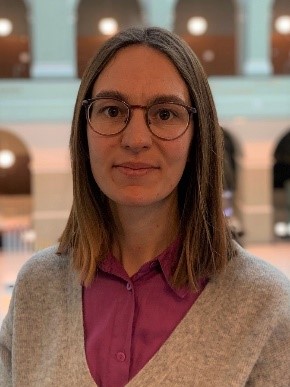
My research is multidisciplinary, combing methods and approaches from organic biogeochemistry with methods and approaches used in environmental microbiology. In this project, I will be applying organic geochemistry methods to reconstruct changes in the environmental history of the Carpathian-Balkan Region based on lake sediments collected in two alpine lake cores from Romania and Bulgaria. Specifically, we will be using GDGTs to reconstruct changes in lake water temperature and chemistry, and changes in soil input through time, with the potential to extend the biomarker analysis to include human tracers.
Máté Merkl
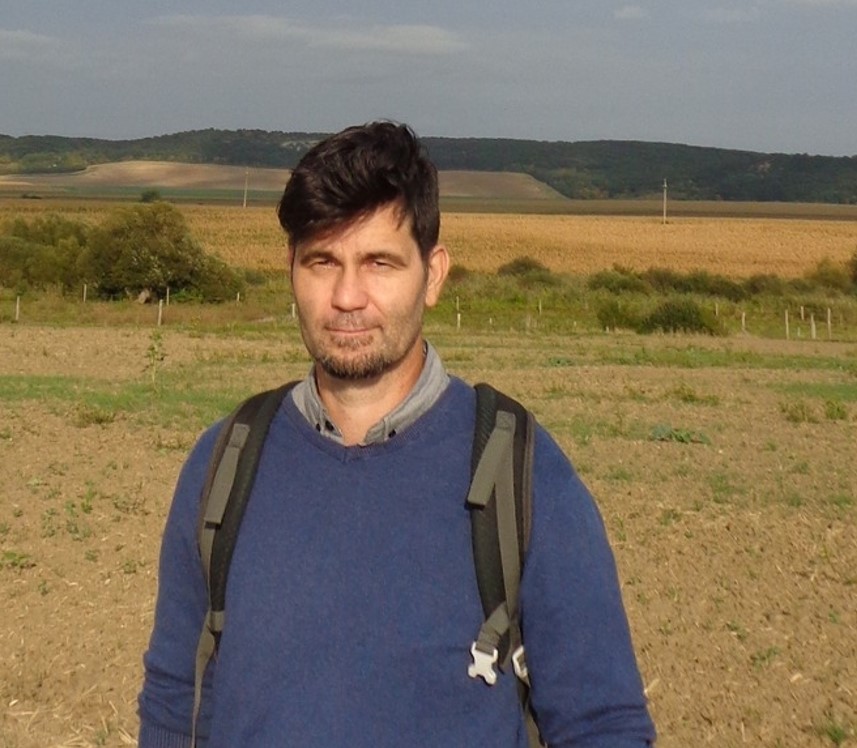
As an archaeobotanist, my main research interests are the identification of prehistoric plant macrobotanical assembalges (anthracological and carpological) from the area of the present-day Hungary. In scope of the Domino-Climate Project, I currently study Neolithic and Copper Age wood charcoal assemblages from the Great Hungarian Plain and Transdanibia. My main research question is how the Neolithic and Copper Age woodland composition of these areas looked like, what woody species were preferred by the prehistoric societies for house construction and firewood collection, and how woodland composition changed between 3000 and 5000 BC in the Carpathian Basin. I also study carpological assemblages from Neolithic and Copper Age sites, where I focus on the weed and cereal assemblages.
Gabriella Darabos

My main research is focusing on the study of the Quaternary palaeoenvironment, mainly the anthracological analysis of charcoal remains from archaeological sites, ancient charcoal kilns and buried soils. I am also engaged with analysing of plant macrofossils and macrocharcoal from lake and marsh sediments of different ages. All of these analyses can provide a lot of information about the environment of the sample source, such as about the exploitation of past forest by prehistoric communities, changes in the species composition of past forest stands or the occurrence of natural and artificial fires.
Gusztáv Jakab

My research is focusing on Quaternary vegetation development and climate change, but in recent years I have been dealing with the environmental archeology of medieval water management. My area of expertise is plant macrofossil studies, the determination of bryophytes, seeds, leaves, plant tissues and other macro remains. In my research, I also deal with the taxonomy and biogeography of the vascular plants and bryophytes of the Carpathian Basin, the landscape history of the Great Hungarian Plain, and GIS applications. My task in this research group is to examine plant macro remains from lake and mire sediments coming from alpine lakes and lowland paleochannels in the direct vicinty of Late Neolithic and Copper Age sites in Hungary and Romania.
Anna Hellner

I am a doctoral research fellow, specializing in the analysis of GDGT-lipid biomarkers. My primary research focuses on determining the abundance of various GDGT-lipid biomarkers to reconstruct Holocene climate conditions of Lake Latorița in Romania and Prokoško Lake in Bosnia and Herzegovina. To understand how the structure of lacustrine GDGTs changes with the surrounding temperature and pH of the lakes, I must isolate and identify the isomers of GDGT-lipids. Subsequently, I will evaluate the degree of methylation and cyclization of these compounds, as these factors vary with temperature and pH.

